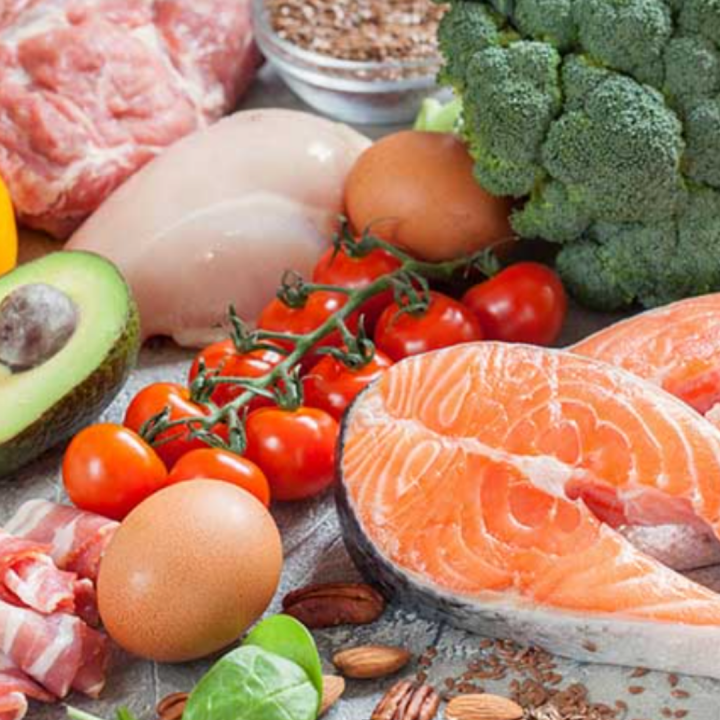A microbe, or microscopic organism, is a living thing that is too small to be seen with the naked eye. This general term is used to describe bacteria, fungi, yeast, and viruses, to name a few. A microbiome is the collection of the microbes living in a given community, like the intestines in the human body. We also sometimes refer to these communities as “flora” or “microbiota”.
As humans, we begin to build our microbiome the moment we are born. How and where we’re born play a big role in
the types of microbes we acquire. Babies pick up microbes from every person or thing they touch, and continue to pick up microbes throughout their lives.The microbiome isn’t fixed; it develops over time and changes in response to its environment.
What Does the Microbiome Do?
Until recently, bacteria in the gut were thought to play a role only in regulating bowel movements. However, it is now known that gut bacteria affect the entire body, including the brain.Among other functions, the beneficial bacteria in the gut synthesize some vitamins, help with digestion, balance mood, reduce anxiety, and protect against infections and some forms of cancer. Strains of good bacteria in the gut are also associated with lower rates of obesity, diabetes, and various gastrointestinal diseases.
If there are too many bad bacteria or too few good bacteria in the microbiome, serious health problems can arise.The population of good bacteria in your body can be inhibited or killed by stress, surgery, illness, trauma, or unhealthy eating habits. Antibiotics can kill bad bacteria that cause disease, but they also kill off many of the beneficial microbes.We can keep our microbiomes healthy by eating foods that feed the good bacteria, and avoiding foods that encourage the growth of bad bacteria.
Feeding the Microbiome
The foods we eat have a big influence on our microbiomes. Many microbes in our guts help us extract nutrients from food we wouldn’t otherwise be able to digest. Different microbes thrive on different types of food.You can stimulate the growth of good bacteria (also known as probiotics) in your gut by eating specific foods the bacteria are known to thrive on. These foods are known as prebiotics.
Tips for Maintaining a Healthy Microbiome
- Stay hydrated. Every day, drink approximately half your body weight in ounces of water and other non-caffeinated beverages free of added sugars.
- Be sure to include both prebiotic and probiotic foods in your diet. For more information, ask your Functional Medicine practitioner
- Eat plenty of high-fiber vegetables, which help maintain a healthy digestive system.
- Limit or avoid processed foods, foods high in added sugar, artificial sweeteners, and trans fats.
- Limit or avoid any foods to which you are sensitive, intolerant, or allergic. Some common examples are corn, dairy, eggs, fish and shellfish, peanuts, soy, tree nuts, and wheat (gluten).
- Take antibiotics only when medically necessary. During and after completing a course of antibiotics, eat probiotic foods
- and take a probiotic supplement.This can help rebuild the population of healthy bacteria in your gut.


